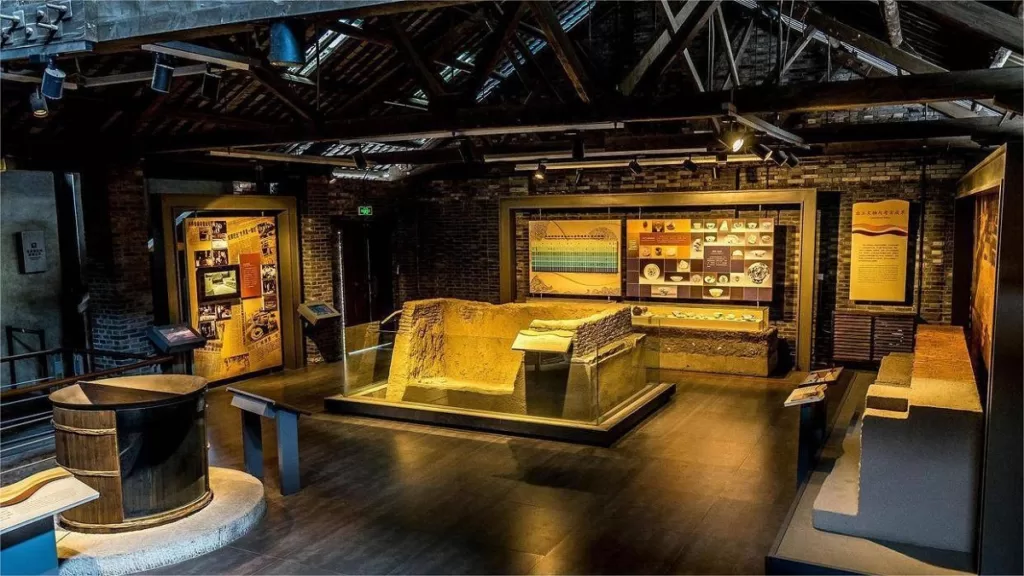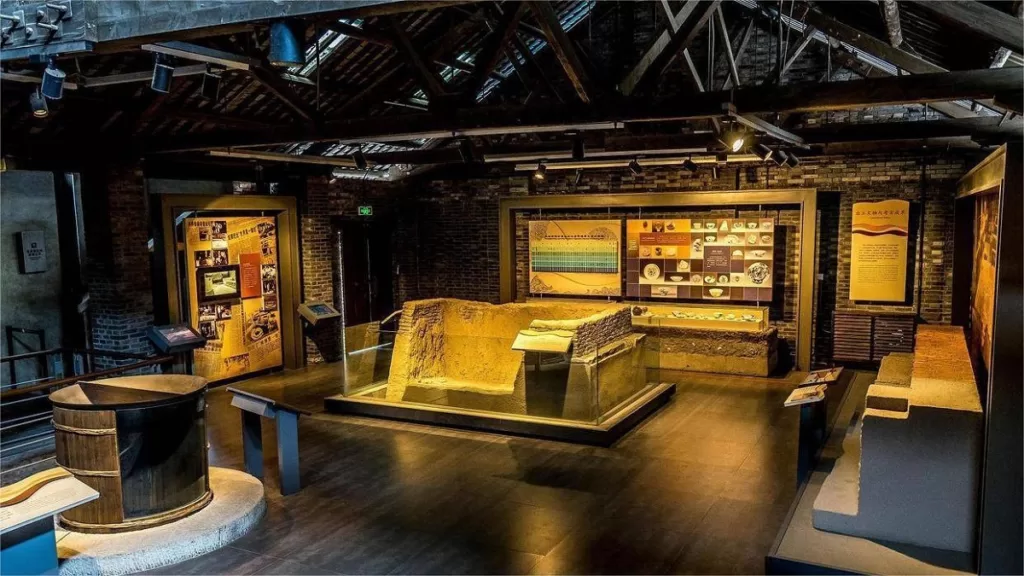自贡盐业历史博物馆 - 票价、开放时间、位置和亮点


The Zigong Salt History Museum (自贡盐业历史博物馆) stands as a testament to China’s rich salt industry legacy. Located in Zigong City, Sichuan Province, this museum offers a captivating journey through time, showcasing the historical significance of salt production in the region. Through a diverse array of exhibits, the museum chronicles the evolution of salt mining techniques, from ancient brine wells to modern methods. Visitors are immersed in the intricate process, witnessing the ingenuity of generations past.
The museum’s well-curated displays feature an impressive collection of artifacts, including tools, machinery, and artistic representations that depict the lives of salt workers throughout history. The museum effectively captures the socio-economic and cultural impact of salt, showcasing its role as a precious commodity and a catalyst for regional development. Whether through life-sized dioramas or interactive displays, the Zigong Salt History Museum offers a captivating educational experience, shedding light on the integral role of salt in shaping the city’s identity and contributing to China’s industrial heritage.
目录
基本信息
| 网站 | http://www.zgshm.cn/ |
| 预计游览时间 | 1 - 2 小时 |
| 票价 | 35 人民币 |
| 开放时间 | 8.30 – 17.30; Last admission: 17.00 (throughout the year) |
| 声誉 | The only salt history museum in China One of the earliest specialized museums in China First-Class National Museum |
| 电话号码 | 0086-0813-2202083; 0086-0813-2205577 |
地点和交通
The Zigong Salt History Museum is situated in the city of Zigong, which is located in the southwestern part of Sichuan Province, China, near the Zigong Dinosaur Museum. Its exact address is No. 173, Jiefang Road, Ziliujing District, Zigong, Sichuan Province, China.
To get there, tourists can first take a train to Zigong North Railway Station (自贡北站) and then transfer to bus 34 or a taxi to cover the remaining 2.8 kilometers.
Highlights of Zigong Salt History Museum
Ancient Brine Wells

The ancient brine wells at the Zigong Salt History Museum transport visitors into a world of historical salt extraction. Meticulously recreated, these wells vividly depict the ingenuity of early techniques used to harvest salt. Through intricate models and displays, guests gain a deep appreciation for the labor-intensive processes that sustained communities for generations. These wells offer a tangible link to the past, showcasing the resourcefulness of ancient salt workers and their vital role in shaping Zigong’s salt industry. As a centerpiece of the museum, the ancient brine wells provide an immersive glimpse into the origins of salt production, fostering a profound connection to China’s rich industrial heritage.
Salt Artifacts

The Zigong Salt History Museum proudly displays a diverse collection of salt artifacts that chronicle the evolution of salt production. Ranging from primitive tools to intricate machinery, these artifacts offer a tangible journey through time, showcasing the advancement of salt extraction methods. Visitors engage with the tactile history of brine wells, ingenious implements, and industrial equipment, gaining insight into the craftsmanship and innovation that defined the industry. These salt artifacts serve as tangible connections to the past, shedding light on the remarkable ingenuity and resilience of salt workers and underscoring their pivotal role in shaping Zigong’s cultural and economic landscape.
Dioramas and Displays

At the Zigong Salt History Museum, an enchanting world comes alive through meticulously crafted dioramas and displays. These vivid exhibits transport visitors to bygone eras, vividly portraying the daily lives of salt workers, their techniques, and the bustling salt markets. Through intricately detailed scenes, guests witness the arduous labor of ancient brine well extraction, the bustling activity of trading, and the cultural significance of salt in art and rituals. These immersive dioramas and displays offer a tangible and immersive experience, bridging the gap between history and present, and unveiling the intricate tapestry of Zigong’s salt heritage in a visually captivating manner.
Architectural Marvels

The building of Zigong Salt History Museum, constructed in 1736 and originally housing the Xinqin Chamber of Commerce, showcases architectural elegance with a historical essence. Its design harmoniously blends traditional Chinese architectural elements, characterized by intricate woodwork and exquisite carvings, reflecting the region’s cultural heritage. This edifice stands as a testament to the past, narrating Zigong’s salt industry evolution through immersive exhibits. With its grandeur and meticulous detailing, the museum encapsulates history and artistry, inviting visitors to traverse time while experiencing the architectural opulence of a bygone era.
Cultural Impact

The Zigong Salt History Museum masterfully unveils the profound cultural impact of salt. Through captivating exhibits, it reveals salt’s role as a symbol of wealth, currency, and spirituality. Intricate artworks and artifacts showcase salt’s influence on local traditions, art, and cuisine, transcending its utilitarian purpose. The museum highlights how salt shaped societal norms, ignited artistic expression, and enriched daily life. Visitors immerse themselves in the vibrant tapestry of festivals, rituals, and customs woven around salt, gaining a deeper appreciation for its enduring significance in shaping not only Zigong’s history but also its cultural fabric, rendering the museum a captivating portal into the soul of the region.